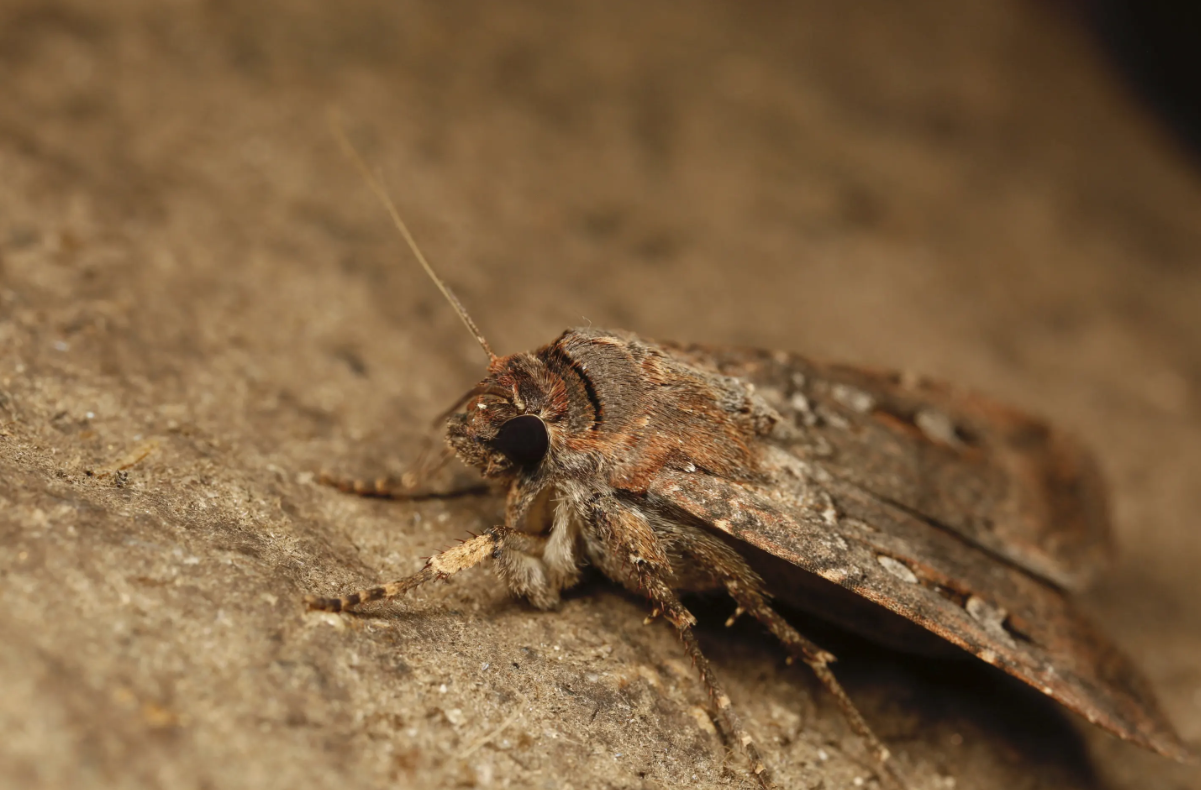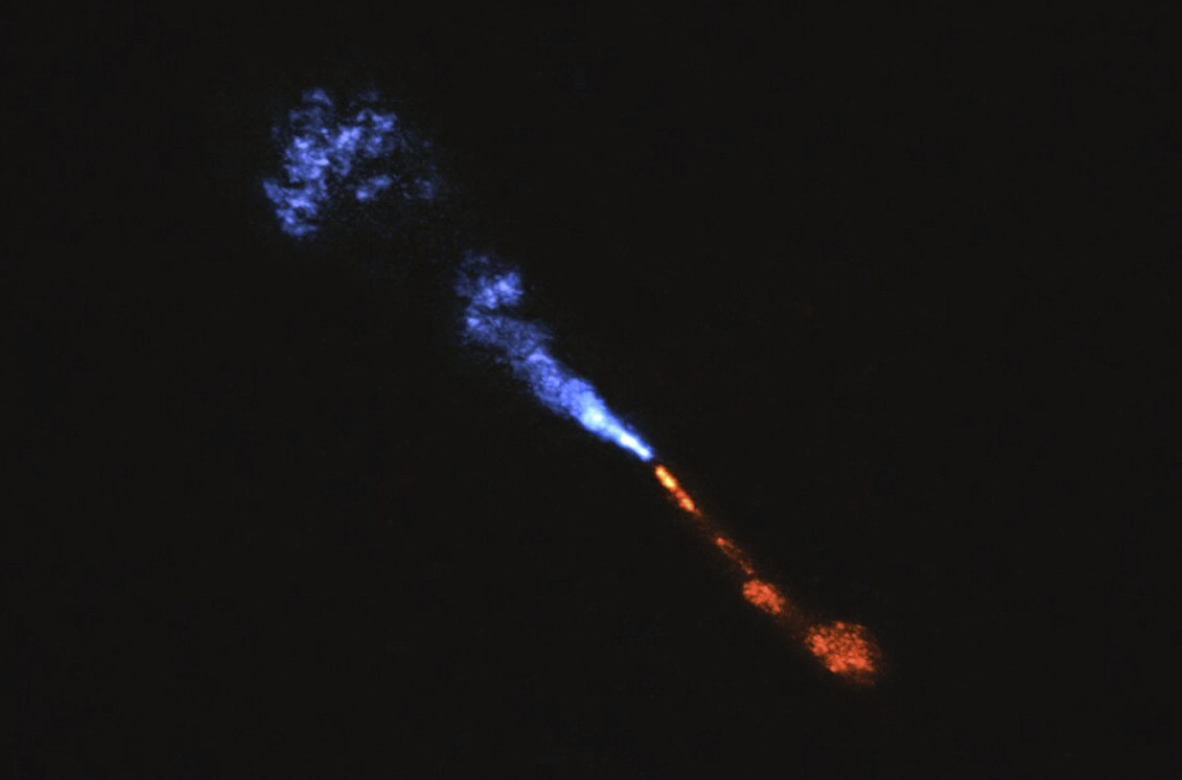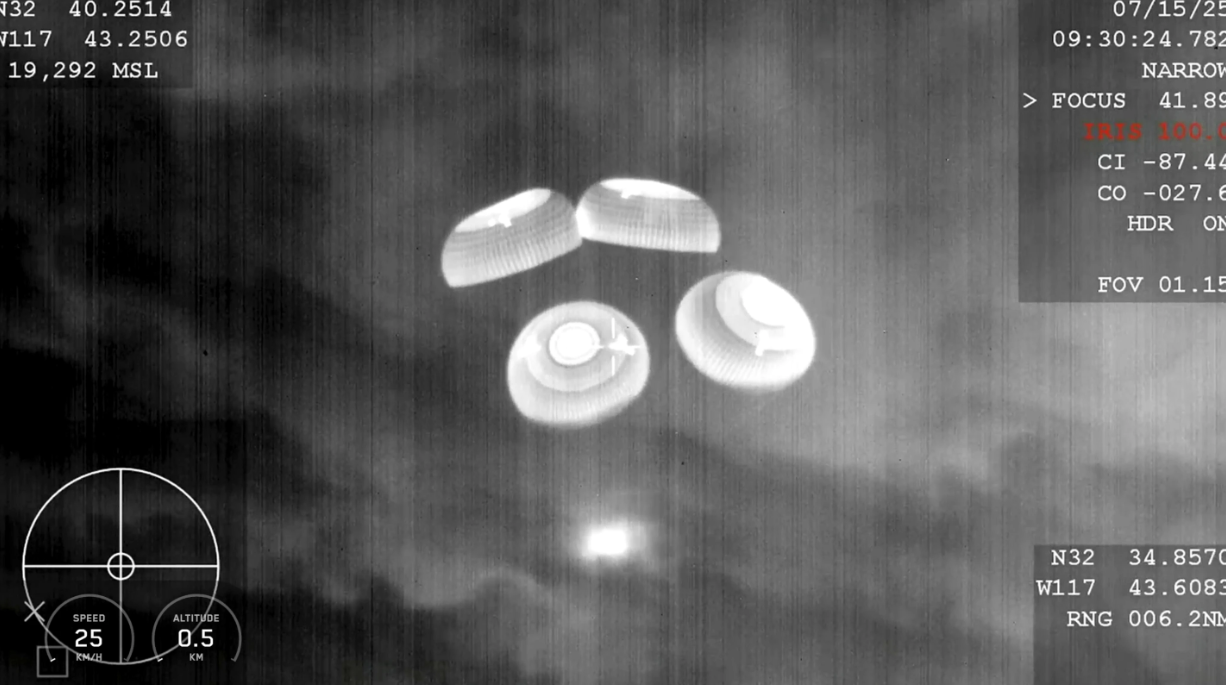A new study reveals that an Australian moth uses the stars to navigate during its annual migration, relying on the night sky as a celestial compass.
Each year, Bogong moths — nocturnal insects — travel around 620 miles (1,000 kilometers) when temperatures rise, heading to the cool caves of the Australian Alps. After resting there, they return to their birthplace to reproduce and die.
While birds are known to use starlight for navigation, this is the first time scientists have confirmed that an invertebrate — an animal without a backbone — can do the same over such long distances.
For years, researchers have puzzled over how these moths find their way to a destination they’ve never visited. Earlier findings suggested Earth’s magnetic field might play a role, possibly combined with visual landmarks.
Because stars follow consistent patterns in the night sky, scientists theorized they could be aiding the journey. To test this, they used a flight simulator that recreated the night sky and eliminated magnetic signals. When the stars were shown in their usual positions, the moths flew purposefully. But once the stars were scrambled, the insects became disoriented — supporting the idea that starlight guides their way.




